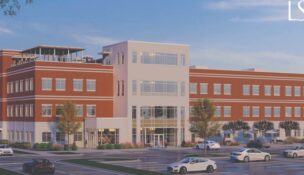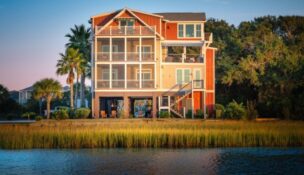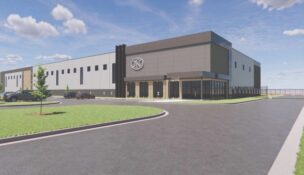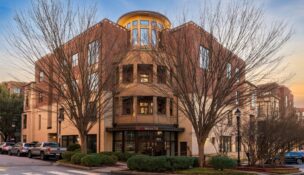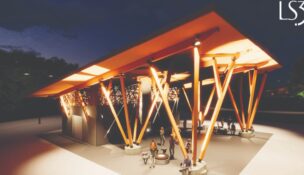

Affordable housing development coming to Overbrook in Greenville
Jason Thomas //November 6, 2023//
The Greenville Housing Fund, Schaumber Development and Douglas Development have broken ground on an 88-unit apartment community that will be affordable to renters earning less than 60% of the area median income.
The Riley at Overbrook, located on Lowndes Hill Road, will be convenient to Interstate 385, downtown Greenville, and the growing neighborhood commercial hub on East North Street, according to a news release.
Nineteen of the project’s 88 units will be affordable to households earning 30% or less of the area median income, the release said.
“Housing vouchers committed by The Greenville Housing Authority, allow us to reach this deep level of affordability,” said Bryan Brown, president and CEO of the Greenville Housing Fund. “For example, a three-member family earning under $25,000 annually, will find a beautiful and highly affordable home at The Riley.”
Brown also noted that Greenville Mayor Knox White, as well as Greenville Councilwoman Dorothy Dowe and state Rep. Bruce Bannister, R-Greenville, were instrumental in helping to secure support for the Low-Income Housing Tax Credit Program at the state level, which provided critical financing for The Riley.
“The Riley is an example of true affordability, made possible through a public-private partnership,” said White. “Families earning between $12,000 and $48,000 per year will be able to live in a safe, new apartment community, paying rent that meets their income. “Located near the new Prisma Health Swamp Rabbit Trail extension, and zoned for excellent schools, this project delivers on city council’s affordable housing goal and improves the quality of life for families.”
Related content: $12M investment fuels affordable housing for seniors in Greenville’s Southernside
Related content: How affordable housing has long-lasting Upstate community impacts
Holly Douglas Schaumber, representing private sector development partners Schaumber Development and Douglas Development, recognized the challenges faced during the two years the project has been in development, the release said.
“Many affordable housing projects around the state have died on the vine because of cost increases or external market conditions,” she said. “But on The Riley, when we’ve run into a roadblock or obstacle, every member of the team has rolled up his sleeves and sharpened her pencil to find a way forward. The Riley is proof positive that quality, safe, sanitary affordable housing is a priority for the city, and it’s a great example of what can arise from a true public-private partnership.”
Nonprofit invests in affording housing in Greenville
The Greenville Housing Fund is a nonprofit organization dedicated to championing a future of thriving and affordable neighborhoods across Greenville’s diverse communities. Through lending, investing, advocacy, and land-banking, it works with community stakeholders, developers, municipalities, and many other partners to preserve and increase the supply of safe, accessible, high-quality, affordable housing for all citizens of Greenville County.
In the five years since its inception, it has invested more than $9 million and leveraged $200 million in creating or preserving more than 1,330 units of housing in Greenville County, many affordable to households living on as little as 20% of area median income.
The organization recently announced a partnership with the city of Greenville and Truist Bank to invest $12.4 million to generate more than 549 units of affordable housing in Greenville’s Special Emphasis Neighborhoods.
“We thank the city of Greenville, the Schaumber and Douglas Development companies, The Greenville Housing Authority, and SC Housing for their support of this much-needed affordable housing in the heart of our city that will serve lower wage earning families, including those with extremely low incomes,” Brown said.
Construction is expected to take approximately 18 months.








